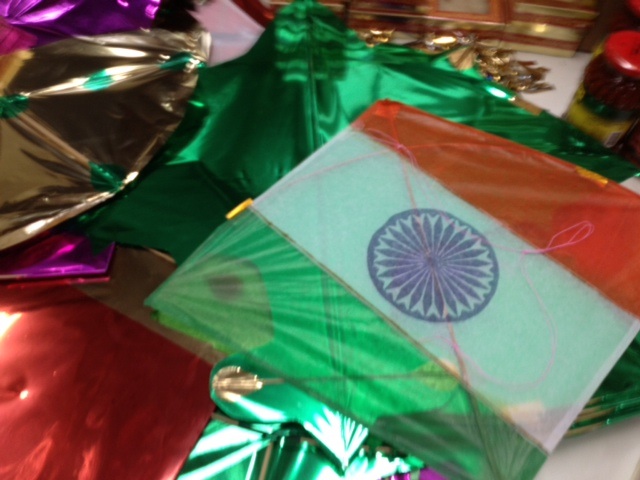Aucklanders are getting ready to fly kites to celebrate Lohri and Makar Sankranti and make a colourful beginning to the New Year.
Continuing its annual tradition since 2005, Vaishanv Parivar NZ Inc. has organised an Indian Kite festival.
More than 5000 people are expected to gather at Avondale Racecourse in Auckland on 7 January for the free event. Indian kites, thread, Indian Food and cold drinks will be sold at the venue, says an event organiser.
“Live DJ Music by DJ Gabroo and dance performance on stage will be an added attraction.”
Free face painting for kids, and colouring and drawing competitions will make this a perfect family day out.
Kite flying marks the traditional festivals of Makar Sankranti and Lohri for Indians living worldwide.

On the occasion of Makar Sankranti, Sun enters into Capricorn (winter solstice) and is believed that on this day Surya visited Shani, Lord Vishnu destroyed Asuras, and the Ganges was brought down to earth. It is also considered as the start of an auspicious phase and represents purification of soul.
This major harvest festival includes ceremonial dips in the Ganges, Ganga Sagar, and other holy streams; visiting temples; helping the poor; praying to Surya and other deities; kite flying; decorating the cattle; congregation of families; lighting of bonfire; and rangoli drawing. This is considered first of the big bathing days.
Traditional savories served on the occasion include boondi-mithai, chhena pudding, chikkis, dahi-chuda, gul-polis, halwa, kheer, khichri, murukku, payasam, til-gul laddu, til-paati, vadai and yellu-bella.
This year, Makar Sankranti falls on 14 January.
While Makar Sankranti is papular in western and southern India, Lohri is celebrated in the northern states of India. After the sunset on Lohri day, families gather around bonfire eating rewri, gachchak and moongphali, sharing stories, and singing and dancing on dholki beat. During the day, children visit neighbors singing folk songs and are presented with goodies. Dinner usually includes sarson-da-saag and makki-di-roti with a liberal serving of makkhan.
Lohri is a celebration of a good harvest on the eve of the winter solstice based on the belief that the Lohri night is the longest night of the year. The festival is said to have received its name from Loi, wife of Saint Kabir. Another school of thought suggests that ‘Lohri’ has been originated from the word ‘loh’, an iron pan used for preparing food.
The Lohri festival is marked by a range of traditional exciting activities such as lighting the ritualistic bonfire during the evening, dancing on the beats of the dhol, traditional handmade dishes, singing popular folklore around the bonfire and enjoying sumptuous feast.
The folklores is also an integral part of Lohri which is all about expressing gratitude to the good harvest season and the natural elements such as water, wind and fire. On this day, people remember Dulha Bhatti – a famous legendary hero who helped the poor by robbing the rich, by singing folklores.
Lohri is being celebrated on 13 January 2012.

Leave a Reply